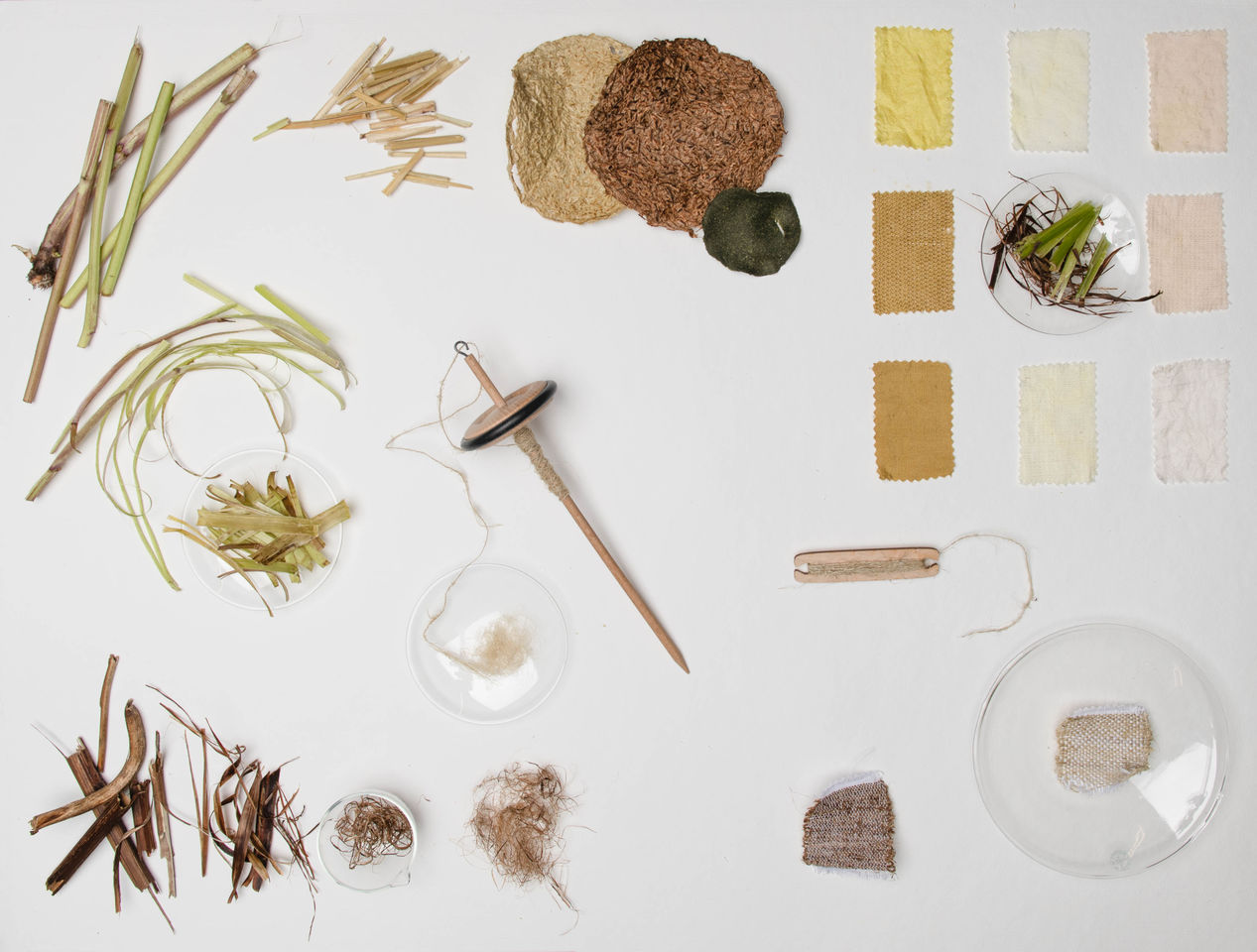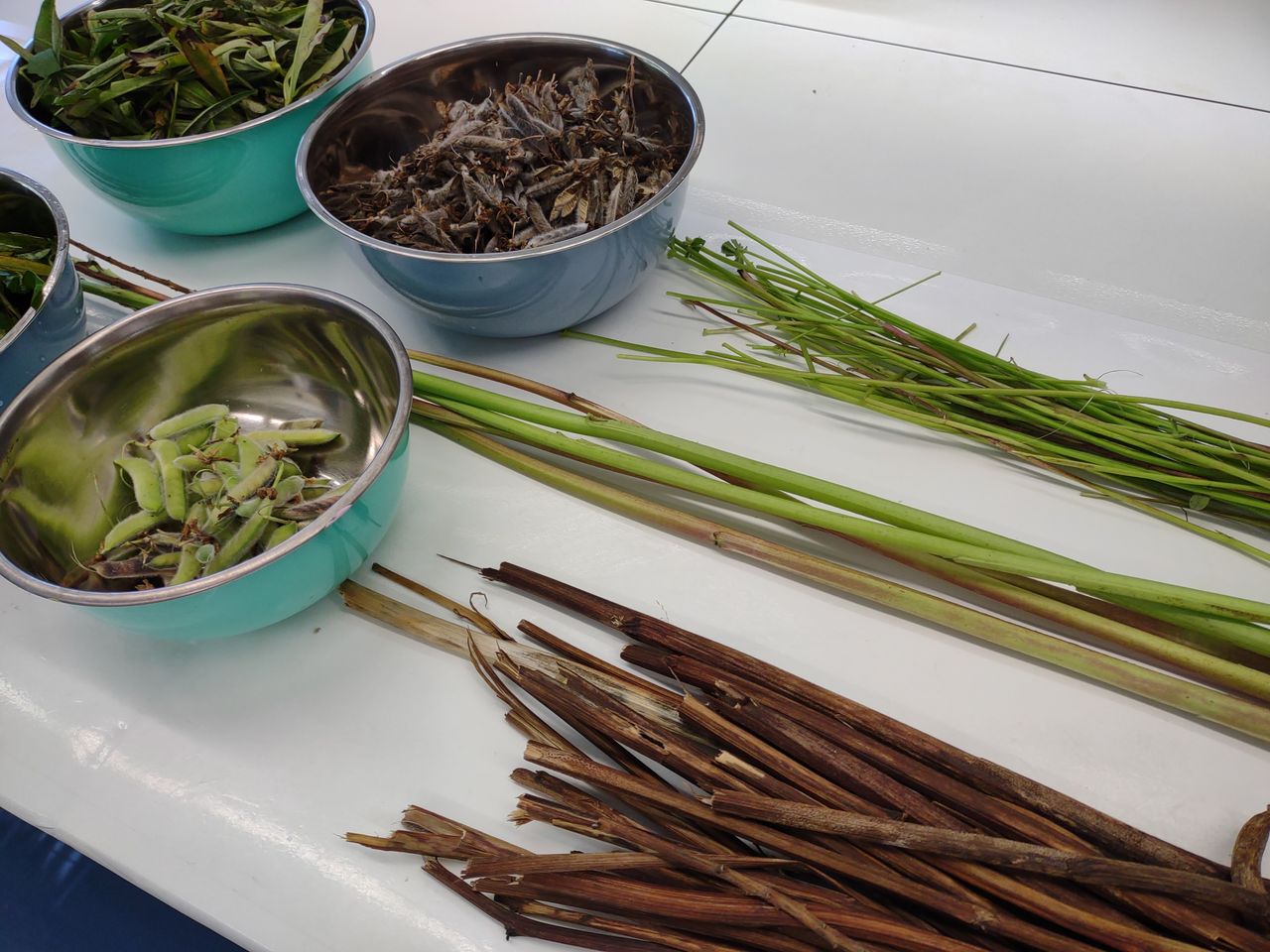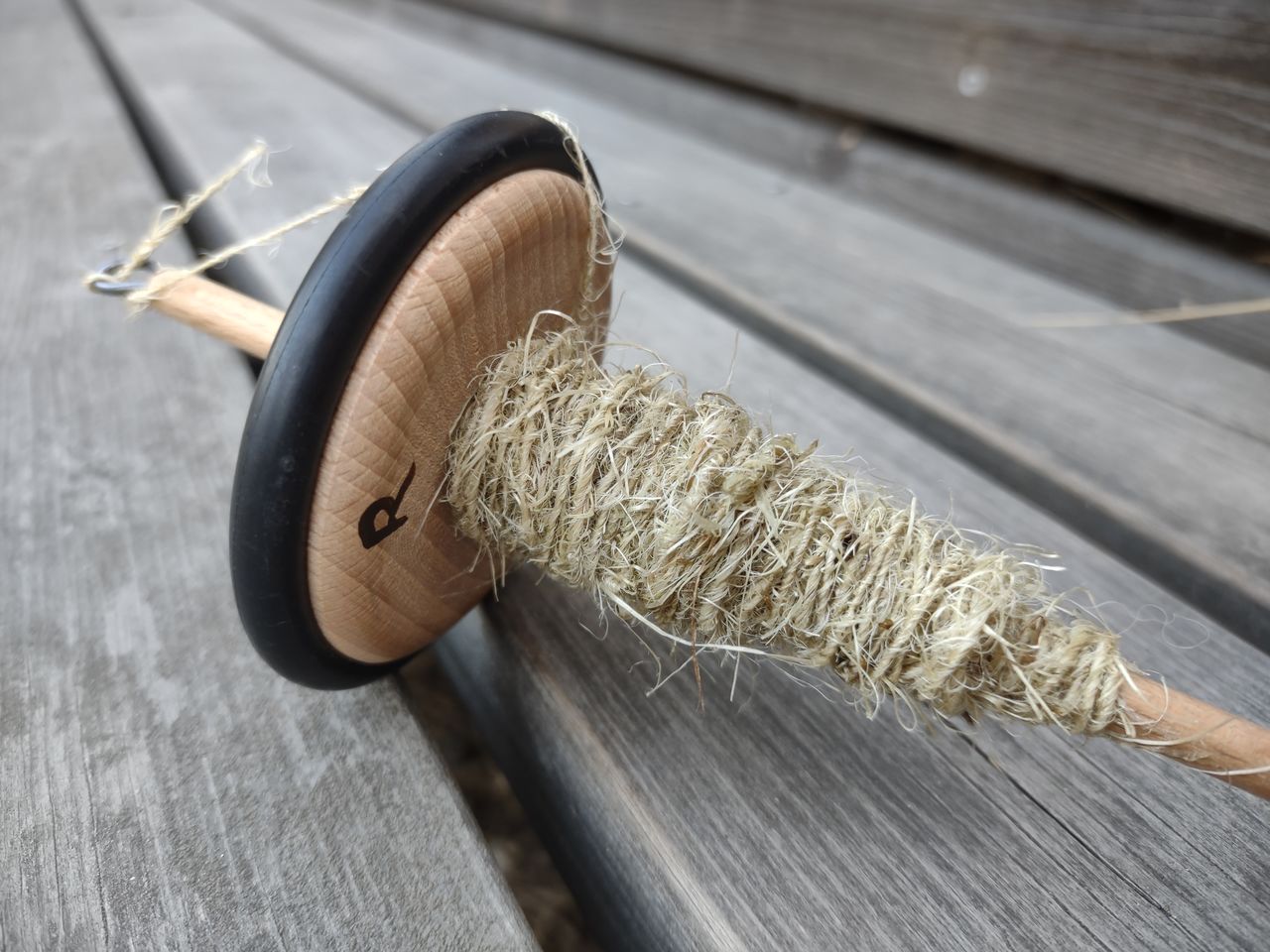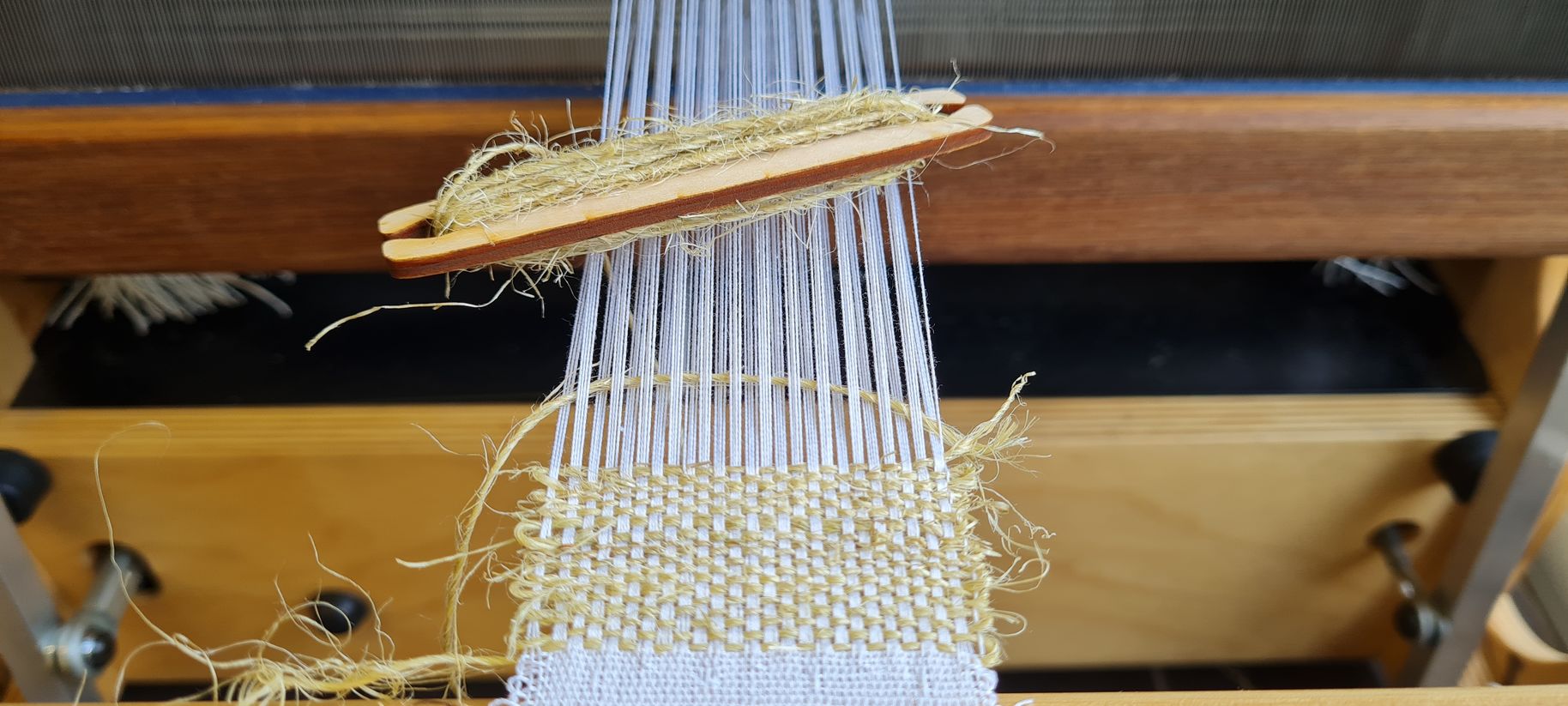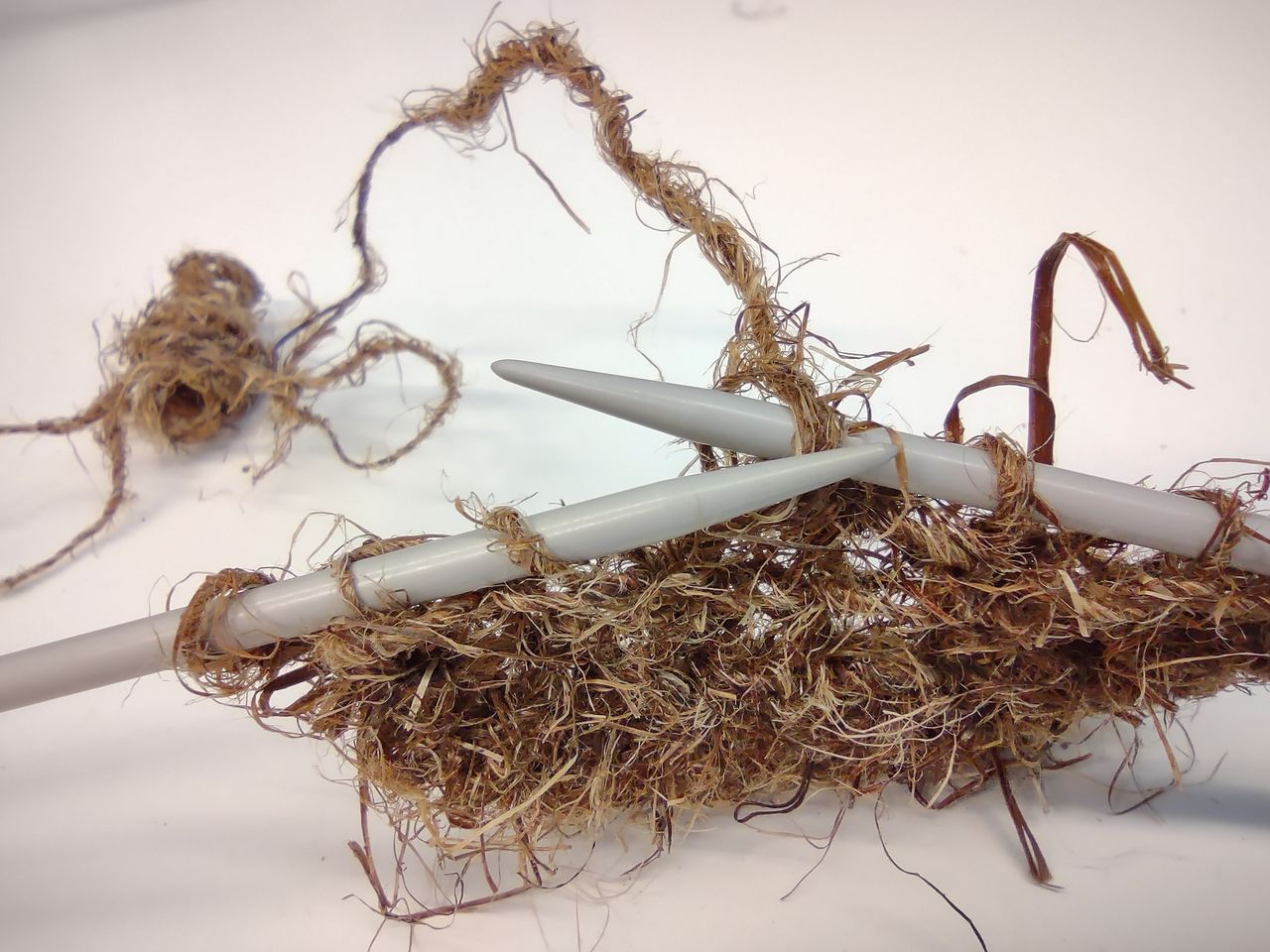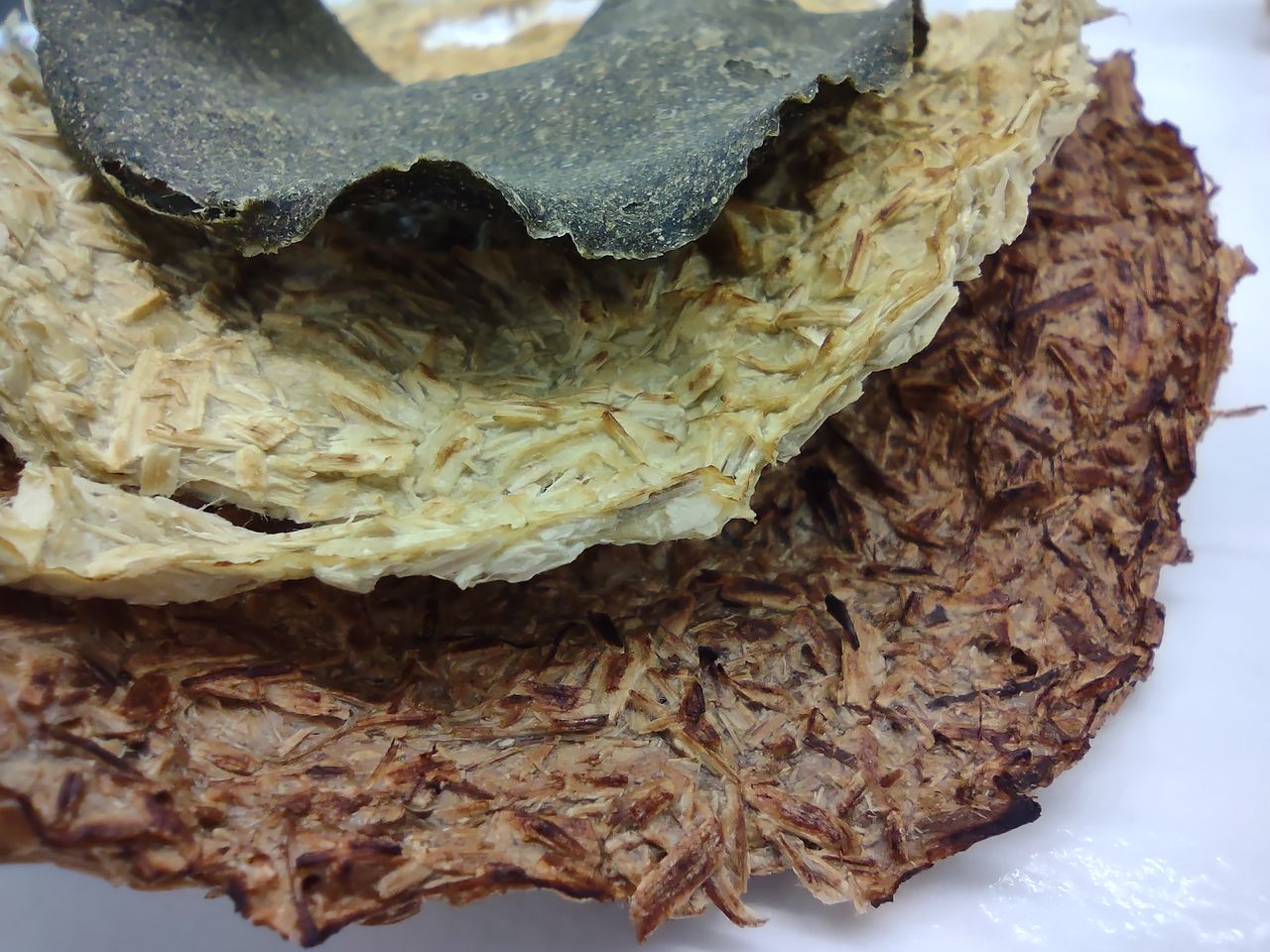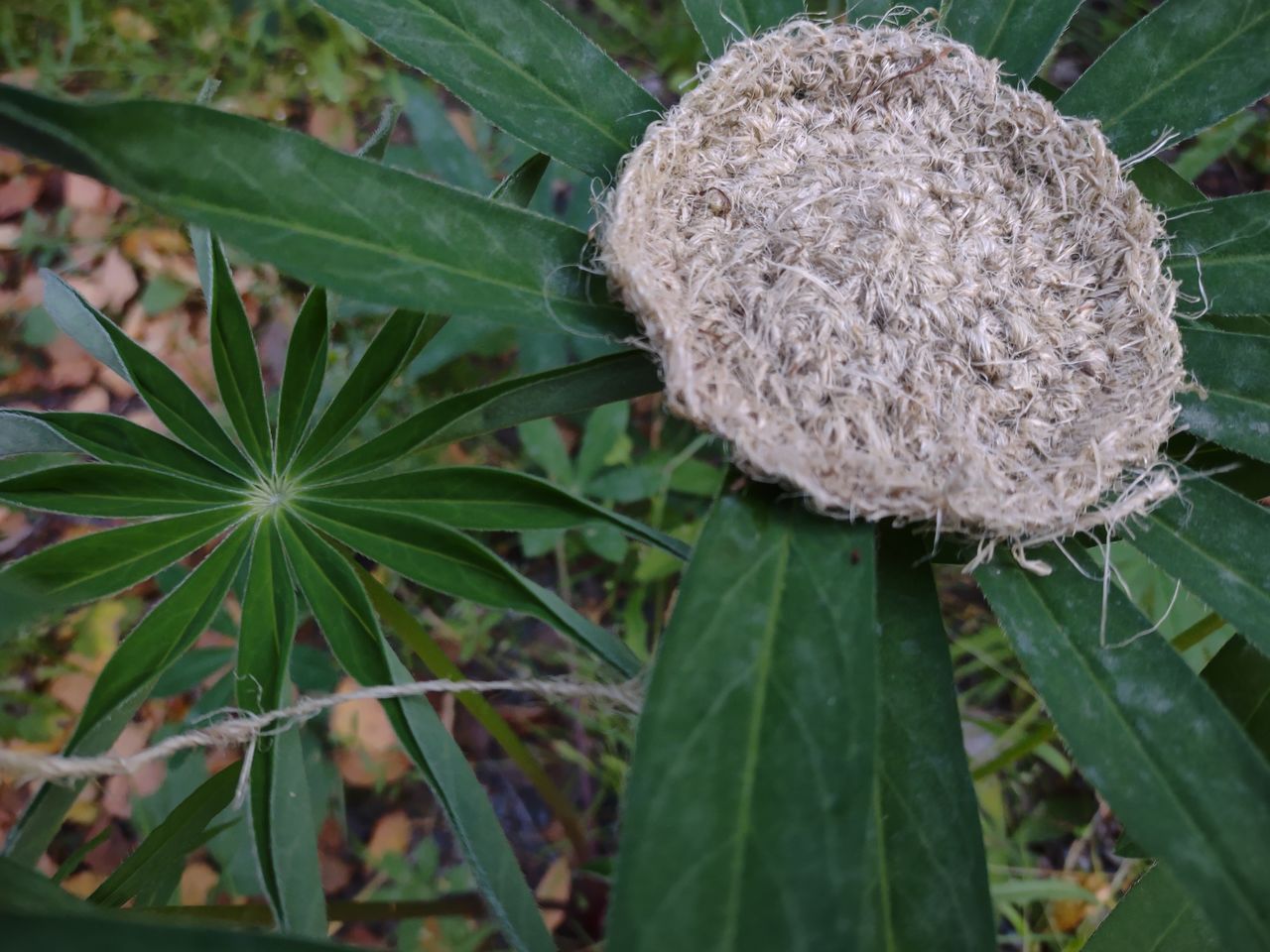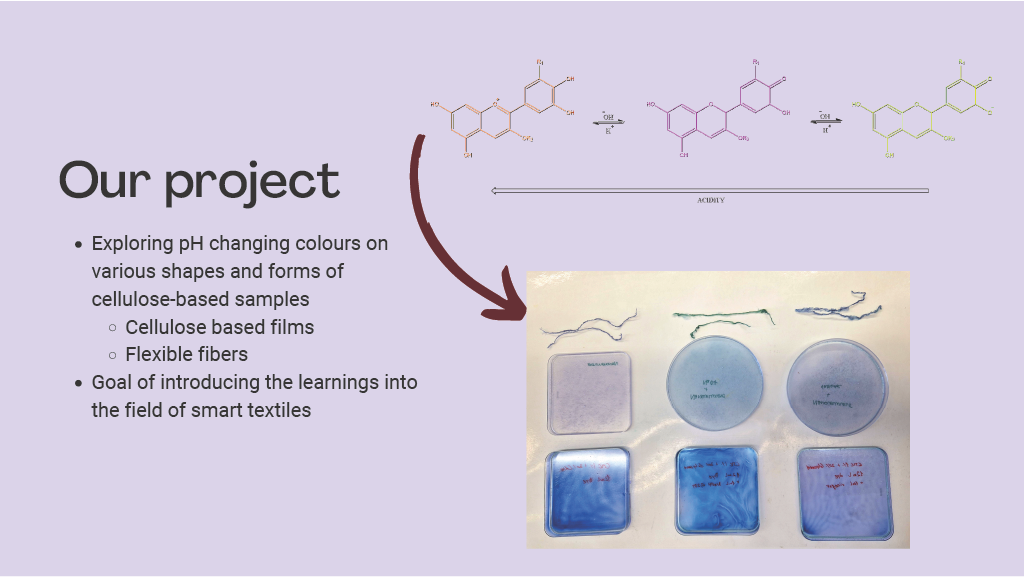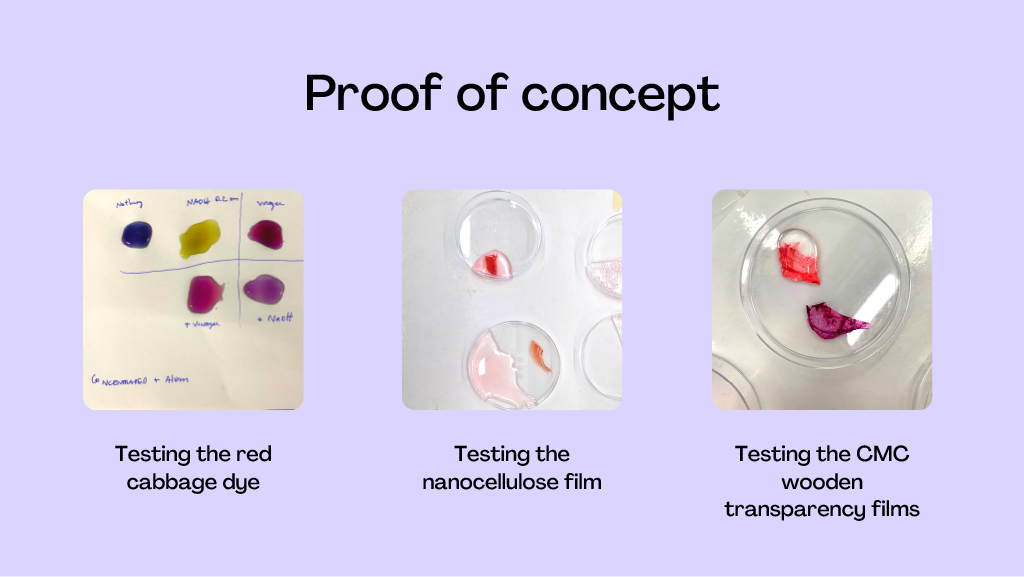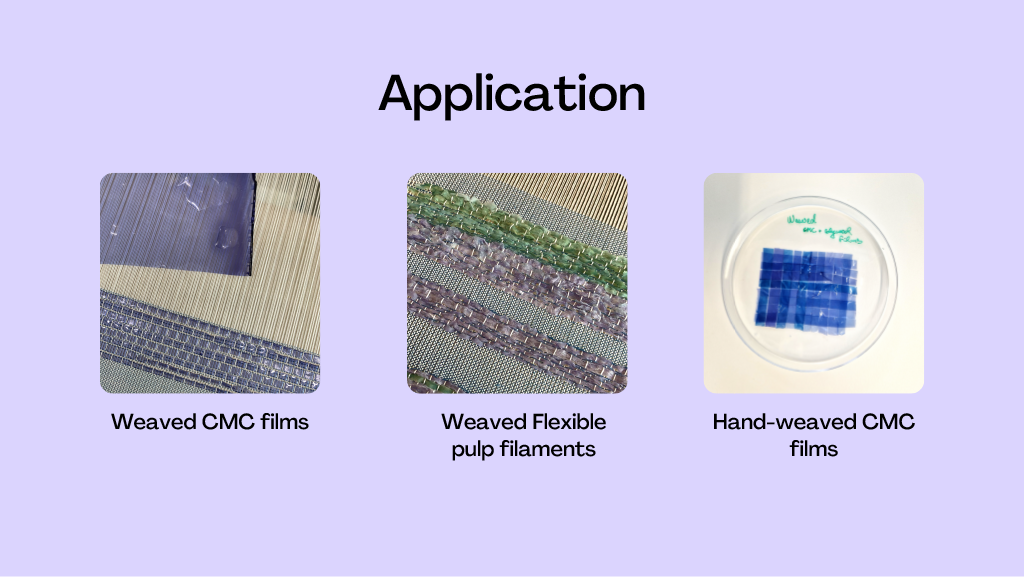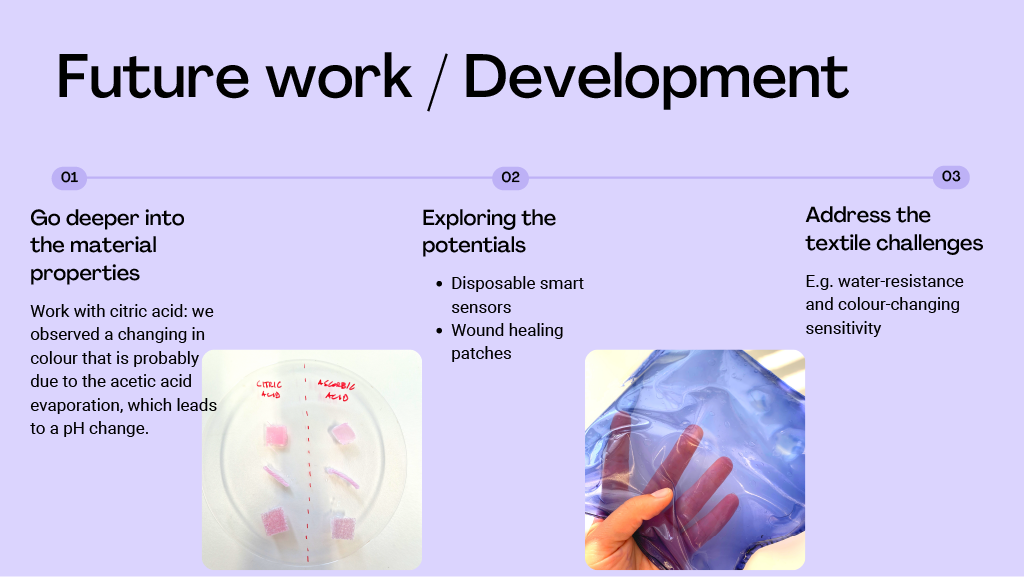MMD CHEMARTS projects in 2022
CHEMARTS projects implemented by members of the Multifunctional Materials Design research group in 2022: Lupine Project, Cellulose Sounds, 50 shades of red cabbage
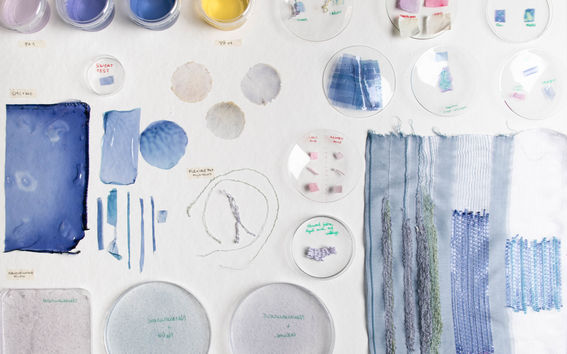
Loading table of contents
Related content:
Multifunctional Materials Design
Group led by Professor Jaana Vapaavuori

CHEMARTS (external link)
CHEMARTS website
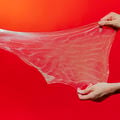
CHEMARTS - Inspiration for Material Enthusiasts (external link)
Biomaterials are the best options as we seek more sustainable ways for our current world of materials.

The CHEMARTS Cookbook
Inspiration for Material Enthusiasts
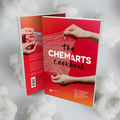
Summer School alum story: "Nordic Biomaterials is ideal for getting inspiration and new ideas for projects"
Nordic Biomaterials by CHEMARTS inspires students to combine design and material science for new cellulose-driven concepts and ideas.
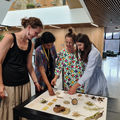
Read more news

DeployAI Partners Gather for Heart Beat Meeting in Helsinki
The European DeployAI project's partners gathered for the Heart Beat meeting hosted by Aalto University Executive Education in Helsinki.
Get to know us: Associate Professor Maria Sammalkorpi
Sammalkorpi received her doctorate from Helsinki University of Technology 2004. After her defence, she has worked as a researcher at the Universities of Princeton, Yale and Aalto.
Aalto computer scientists in ICML 2024
Computer scientists in ICML 2024
